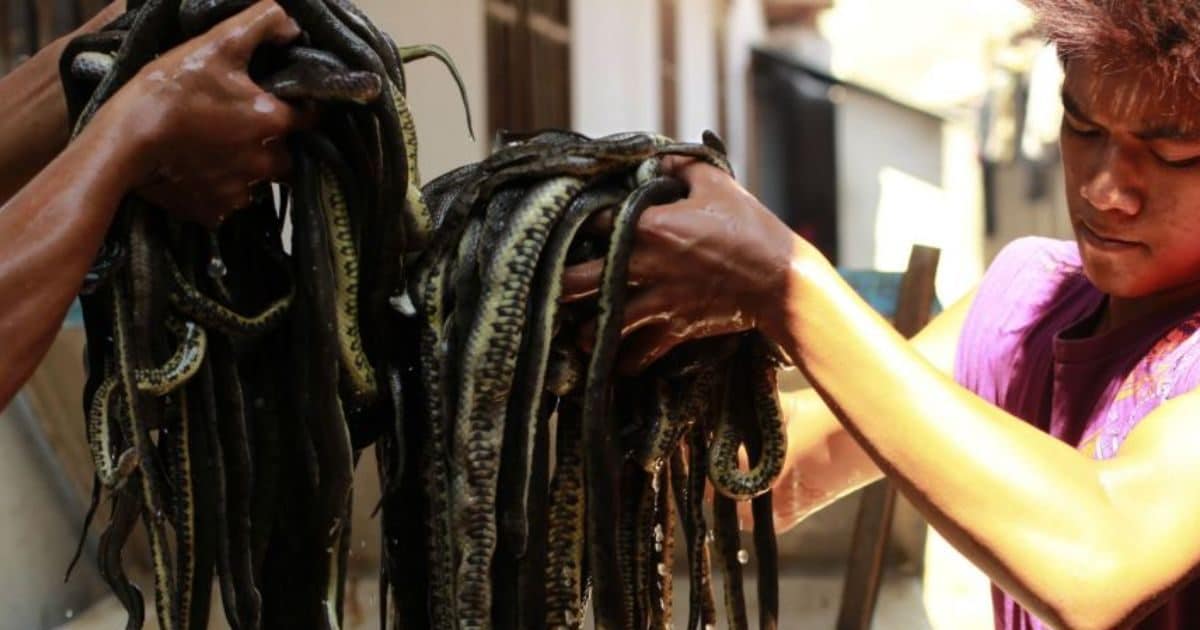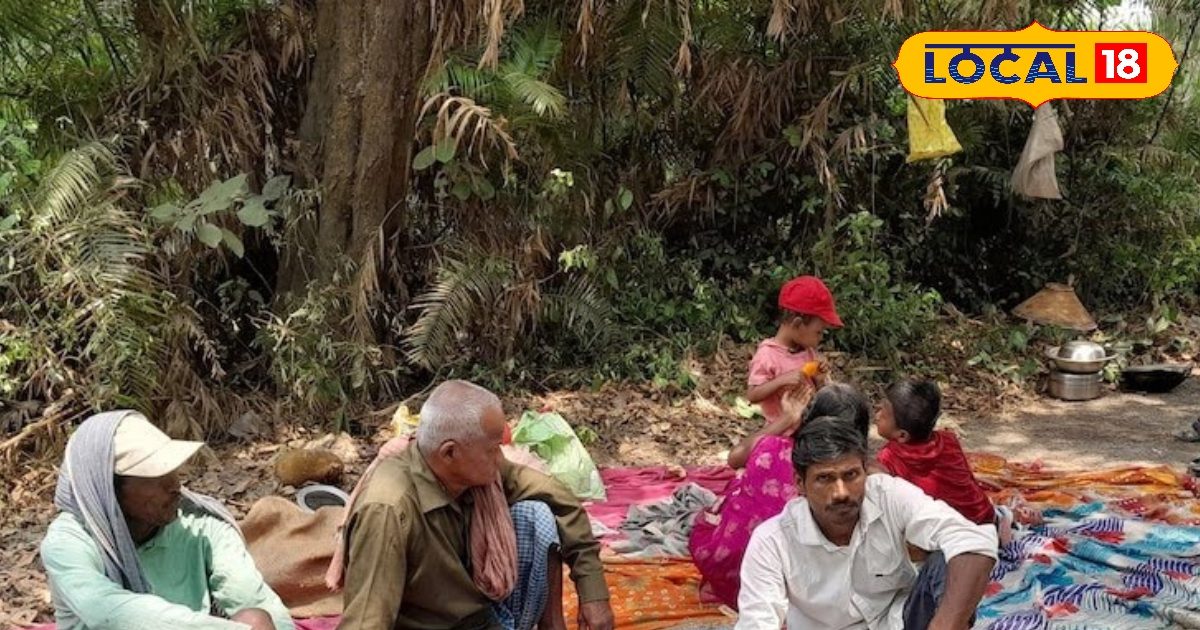Tourism sells. But should it be used to sell the idea of a contentious hydroelectric project that has, for decades, aroused deep misgivings and resentment is the question now doing the rounds in Kerala.
A little over a week ago, State-run power utility Kerala State Electricity Board (KSEB) sprang a surprise when it announced plans to examine whether the Athirappilly hydroelectric project can be developed as an ‘Integrated tourism-cum-power generation project.’
Proposed on the west-flowing Chalakudy river in Kerala’s Thrissur district, the 163-megawatt (MW) hydel project, first mooted in 1979, has come to symbolise the perpetual war against mindless development and destruction of nature in the southern State. After a long gap, what has abruptly turned the spotlight on it is an April 24 order stating that a meeting of the full-time directors of the KSEB has given its approval “for remodelling the Athirappilly HEP as a tourism-friendly project.”
Despite winning environmental sanction in 1998 from the Ministry of Environment and Forests, the Athirappilly hydel project has failed to get off the ground on account of environmental concerns. Greens have long opposed it, citing the irreversible consequences it entails for an exceptionally biodiversity-rich region located within the Western Ghats. Since it involves the construction of a dam, concerns have been raised over the potential destruction of large tracts of riparian forest land, an abundant wealth of flora and fauna, and the displacement of Kadars, a Scheduled Tribe that calls the region home. Furthermore, greens argue that the project would alter the very character of the Chalakudy river and sound the death knell for the scenic Athirappilly and Vazhachal waterfalls.
The protests have prompted successive State governments to declare that the project would only be implemented with consensus. As a result, it has lain in such a state of dormancy that it was expected to die a natural death. This impression had gained currency especially in recent years, even though all were aware that the KSEB, which handles power generation, transmission, and distribution in power-deficit Kerala, had not fully given up on its pet project.
On April 28, the KSEB followed up its order with a press statement explaining its intention to see whether the hydel project can be developed in tandem with tourist amenities and present the concept for public debate. The announcement was quickly met with the criticism that the KSEB was merely trying to repackage the project in the glossy wrappings of tourism. State government sources responded to the renewed outrage among environmentalists and local communities by denying that the plan has the backing of a political decision.
Nevertheless, it is interesting to note that the Athirappilly hydel project is back in the news at a time when Kerala’s power sector is witnessing dramatic changes.
Hydropower has traditionally dominated the power-deficit State’s internal electricity generation. Yet, internal production has served to meet only about 30% of the requirement, leaving the State heavily dependent on allocations from central generating stations and power purchases from outside.
But of late, Kerala has been witnessing a surge in the use of other forms of renewable energy, especially solar power. It aspires to become a 100% renewable energy-based State by 2040 and net carbon neutral by 2050. In the immediate future, the State hopes to add 3,000 MW through solar and wind energy projects and 1,500 MW through hydro projects. (The plans for hydropower, it must be noted, do not include the Athirappilly.)
Besides these, pumped storage projects, battery energy storage systems, and green hydrogen initiatives are also being actively pursued.
The question arises whether the Athirappilly hydel project, conceived decades ago in a different context, holds relevance anymore in this rapidly changing landscape that offers accessible, less-expensive options.
Furthermore, one cannot dismiss the fact that Kerala has witnessed a string of natural disasters in recent years. Such a sombre backdrop demands that development projects, especially ones in fragile locations, undergo hard and prudent scrutiny through the lens of environmental sustainability, safety, and long-term public good.
Published – May 07, 2025 02:33 am IST


Leave a Comment